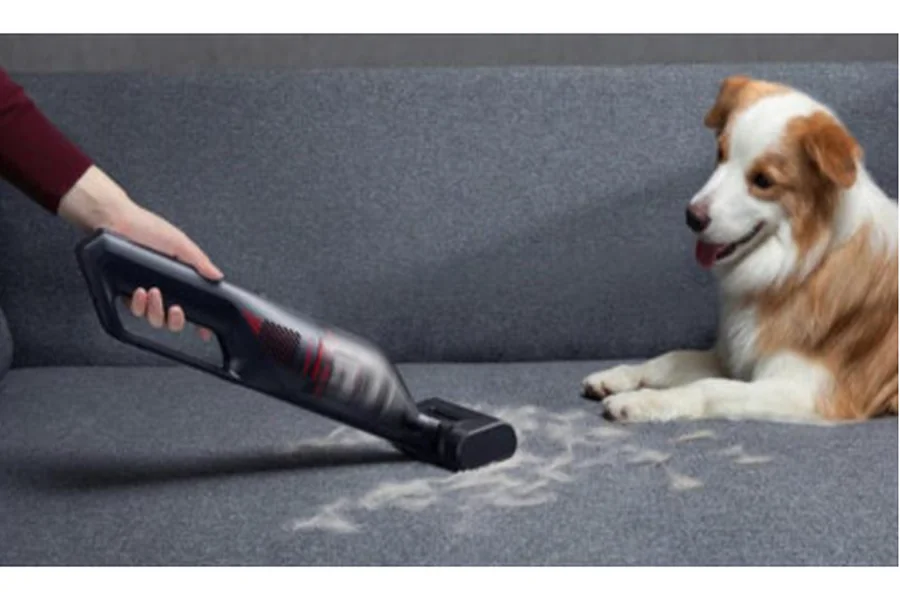How Can Robot Vacuums Handle Pet Accidents?

Life with pets is full of joy, but it also comes with a fair share of messes. From muddy paw prints to unexpected accidents on the carpet, these challenges can test both patience and cleaning routines. Robot vacuums are designed to help simplify daily chores, yet many pet owners worry about what happens if their furry friend has an accident when the machine is running. A robot vacuum is great at picking up crumbs and fur, but it is not always ready to deal with liquids or solids left behind by pets. In this article, we will explore how robot vacuums handle pet accidents, what safety measures are important, and when it’s best to step in yourself.
Understanding the Risks of Liquid and Solid Messes
When a robot vacuum encounters pet waste, the results can be messy and even damaging. Liquids, such as urine, can seep into the machine’s internal parts, creating long-term problems. Solids may smear across the floor if the robot rolls over them, spreading the mess far wider than it started. This is why knowing how to get dog pee smell out of carpet and preventing a robot vacuum from making it worse are both important for pet owners. If the machine is not designed for liquids, it may suffer permanent damage, and the cleanup afterward can be stressful. By understanding these risks, you can take steps to protect both your floors and your cleaning device.
Specialized Vacuums for Accident-Prone Homes
Wet/Dry Hybrid Models with Liquid Recovery
Some robot vacuums are built with the ability to handle both dry debris and liquid messes. These hybrid models can vacuum dirt and also absorb small spills, reducing the chances of damage when accidents happen. For homes with pets that occasionally have accidents, such features provide extra peace of mind. They are not meant to replace manual cleaning completely, but they add an extra layer of safety for day-to-day life. Investing in a robot vacuum with liquid recovery capability can make a big difference if your household regularly faces these challenges.
Self-Cleaning Bases and Sealed Systems
Another helpful feature in some advanced robot vacuums is a self-cleaning base. This system allows the vacuum to empty itself into a sealed bag or container, reducing direct contact with waste. For pet owners, this means less exposure to unpleasant messes and safer disposal overall. In the case of small accidents, a sealed system also helps contain odors that might otherwise linger in the home. While these systems cannot completely solve liquid mess problems, they add convenience and an extra safeguard against contamination. A trusted brand like eufy has designed models with user-friendly systems that aim to support busy pet households.

Safe Cleanup Protocol
Immediate Manual Removal of Solids and Liquids
If an accident happens, the best first step is always manual cleanup. Use paper towels, gloves, or disposable cloths to pick up and absorb as much of the mess as possible. Removing it quickly prevents it from spreading further or soaking deeper into carpets. Even if you own a robot vacuum designed for pet-friendly cleaning, handling fresh accidents manually avoids bigger issues. Think of the robot vacuum as a helpful partner, but not a replacement for your own quick action in these situations.
Disinfecting Before Robot Assistance
Once the bulk of the mess is gone, disinfecting the area is key. Pet accidents can leave behind bacteria and strong odors that normal vacuuming alone cannot handle. A gentle, pet-safe cleaner helps neutralize these spots and ensures your home remains hygienic. Only after this step should you consider running the robot vacuum again in that area. By disinfecting first, you protect your pet, your family, and the machine itself from unnecessary exposure to harmful residues.
Post-Accident Maintenance for Your Machine
After an accident, it’s important to check the robot vacuum carefully before using it again. Inspect the brushes, wheels, and sensors to ensure nothing has been contaminated. If there is any sign of liquid contact, clean the parts with a soft cloth and allow them to dry completely before restarting. Regular maintenance also helps prevent lingering odors or reduced performance in the future. Taking a few extra minutes after an accident ensures your robot vacuum continues to operate safely and reliably, without spreading germs or creating new messes.
Conclusion
Robot vacuums can be a huge help in busy households, especially when pets are part of the family. They keep fur, dirt, and crumbs under control, freeing up time for more enjoyable activities. However, when it comes to pet accidents, human intervention remains essential. By understanding the risks, choosing specialized models when needed, and practicing safe cleanup routines, you can get the most out of your robot vacuum while keeping your home healthy. The balance between automation and manual care ensures that both your pets and your cleaning tools are well taken care of.








